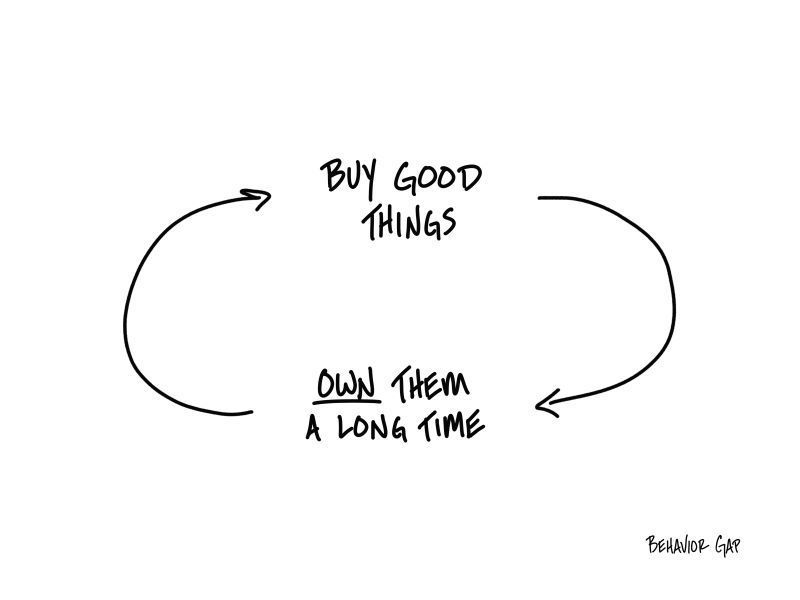
What if we don’t really need what we think we need? This question came to mind as I read about Professor Jeff Wilson and The Dumpster Project. A dean at Huston-Tillotson University in Austin, Texas, Wilson embarked on an experiment to see if it was possible to live in a 36-square-foot dumpster.
Over time, he’s gone from sleeping on cardboard mats to adding custom touches like a sliding roof and an air conditioner. He sums up his sustainability experiment this way:
“The big hypothesis we’re trying to test here is, can you have a pretty darn good life on much, much less?” He paused. “This is obviously an outlier experiment. But so far, I have, I’d say. A better life than I had before.”
I’ve shared before the idea of living a more minimalist life, but some of those stories have focused on the concept of a number. What’s the smallest number of items I can own? Professor Wilson’s story made me refocus on the idea of what items do we really need?
What makes this perspective so interesting is that the answer varies by individual. It’s incredibly personal and, I believe, an incredibly powerful process.
The goal isn’t to get down to a number, but to better understand why we have what we have in our lives. In many ways, it goes back to the idea of buying good, quality items and owning them for a long time. If you aren’t buying everything you see in the store, it becomes much more realistic to buy durable items that we really value and would otherwise be “too expensive.”
A friend of mine recently moved into a new home. It’s a larger place than she was in before, and because she’s not married and doesn’t have kids, people keep asking, “What do you need all that space for?” It turns out that for her, it was about location. Homes rarely come up for sale in the area she wanted to live.
As a result, she jumped at the chance to buy the home, despite the greater square footage. It means more time spent cleaning, but now, she literally steps out the door and she’s in nature. She’s exactly where she wants to be.
However, because she knows it’s a real risk that she’ll fill up the house if she’s not careful, she’s adopted a one in, one out rule. For everything new she wants to bring into the house, something old needs to go out. Some of you probably follow this rule too, and like Professor Wilson’s experiment, it goes back to this idea of thoughtful consumption.
What do we really need? Are we buying things thoughtfully or carelessly? I believe our willingness to look at our buying behavior can have a huge impact on whether we reach the goals that we say matter most to us. If we get busy filling up our lives with things we don’t need, it’s easy to get distracted. So this weekend, I have a challenge for you.
Take a look at your possessions and identify three things you consider necessities in your life. Then, take a look around at the rest of your stuff. If you had to give up everything else you own to keep those three items, could you? Or does something else start to look more important?
By the end of this experiment, you’ll have a much better idea of how to answer the question, “What do I really need?”
. . .